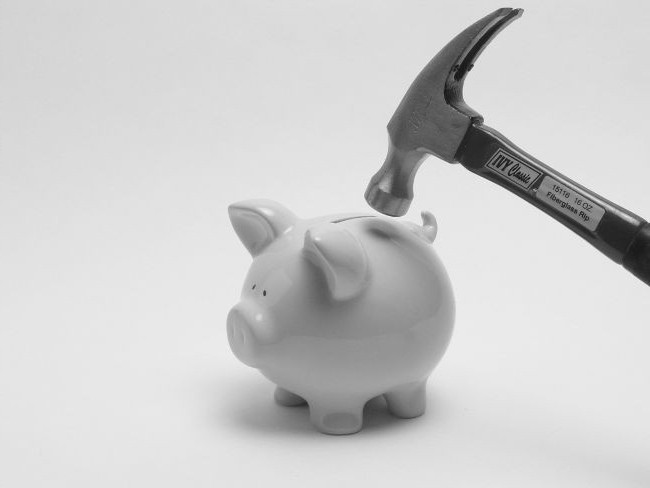The purpose of creating a business - opening a company, building a plant with the subsequent release of the planned products - is to make a profit. But increase personal income requires considerable costs, and not only moral, but also financial. All cash expenditures directed to the production of any good in the economy are called costs. To work without losses, you need to know the optimal amount of goods / services and the amount of money spent for their release. For this, the average and marginal costs are calculated.
Average cost
With increasing volume of production dependent on it costs are growing in products: raw materials, wages of the main workers, electricity and others. They are called variables and have different dependencies for different quantities of output of goods / services. At the beginning of production, when the volume of goods produced is small, the variable costs are significant. When increasing the number of products, the cost level decreases, since the economies of scale occur. However, there are such expenses that an entrepreneur incurs even with zero output of goods. Such costs are called constant: utilities, rent, salaries of administrative staff.
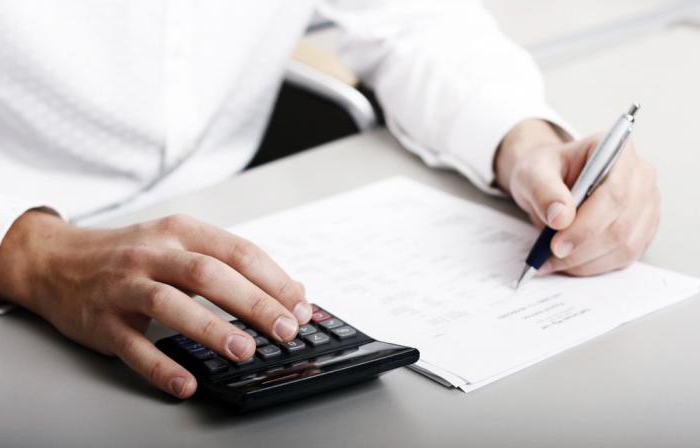
Total costs are the sum of all costs for a specific amount of goods produced. But to understand the economic costs invested in the process of creating a unit of goods, it is customary to turn to average costs. That is, the quotient of total costs to output is equal to the value of average costs.
Marginal cost
Knowing the value of the funds spent on the sale of one unit of good, it cannot be argued that an increase in output by another 1 unit will be accompanied by an increase in total costs equal to the value of average costs. For example, to produce 6 cupcakes, you need to invest 1200 rubles. Immediately easy to calculate that the cost of one cake should be at least 200 rubles. This value is equal to the average cost. But this does not mean that the preparation of another baking will cost 200 rubles more. Therefore, to determine the optimal volume of production, it is necessary to know how much money will be required to invest in order to increase output by one unit of good.
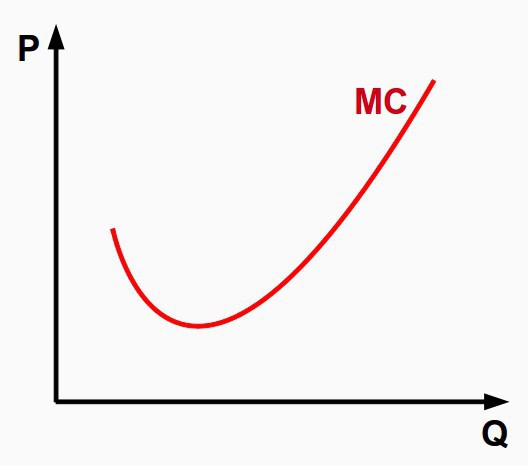
The marginal costs of the company come to the aid of economists, which help to see the increase in total costs associated with the creation of an additional unit of goods / services.
Payment
MS - this designation in the economy has marginal costs. They are equal to the private increase in total expenses to the increase in volume. Since the increase in total costs in the short term is caused by an increase in average variable costs the formula may have the form: MS = ΔTS / Δvolume = Δ average variable costs / Δvolume.
If the values of gross expenditures corresponding to each unit of output are known, then marginal costs are calculated as the difference of two adjacent values of total costs.
The relationship of marginal and average costs
Economic decisions on business activities should be made after marginal analysis, which is based on marginal comparisons. That is, a comparison of alternative solutions and determination of their effectiveness occur through the assessment of increment of costs.
Average and marginal costs are interconnected, and the change of one in relation to the other is the reason for adjusting the volume of output. For example, if marginal costs are smaller than average, then it makes sense to increase output.It is worth stopping the increase in production when marginal costs are above average.
Equilibrium will be a situation in which marginal costs are equal to the minimum value of average costs. That is, there is no point in further increasing production, since additional costs will increase.
Schedule
The graph below shows the costs of the company, where ATS, AFC, AVC are the average total, fixed and variable costs respectively. The marginal cost curve is designated as MS. It has a convex shape to the abscissa axis and at minimum points intersects the curves of average variables and total costs.

According to the behavior of average fixed costs (AFC) on the graph, we can conclude that increasing the scale of production leads to their reduction, as mentioned earlier, there is the effect of economies of scale. The difference between the PBX and AVC reflects the amount of fixed costs, it is constantly decreasing due to the approach of AFC to the abscissa axis.
Point P, characterizing a certain volume of output of the goods, corresponds to the equilibrium state of the enterprise in the market. If you continue to increase the volume, then the costs will need to be covered by profit, since they will begin to increase sharply. Therefore, the firm should focus on volume at point R.
Marginal revenue
One approach to calculating production efficiency is to compare marginal costs with marginal revenue, which is equal to the increase in cash from each additional unit of goods sold. However, the expansion of production is not always associated with an increase in profit, because the dynamics of costs is not proportional to volume, and with an increase in supply, demand and, consequently, price decrease.
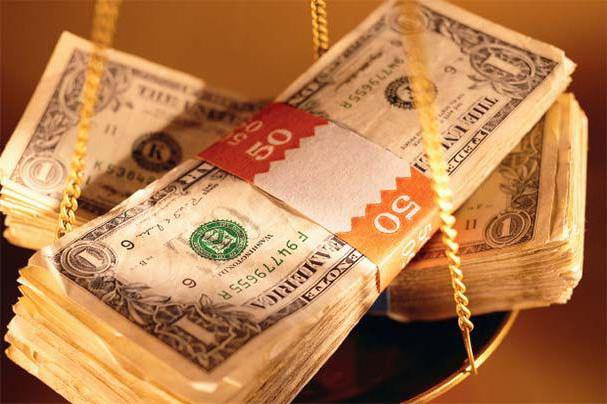
The marginal cost of a firm is equal to the price of the product minus marginal revenue (MR). If the marginal cost is lower than marginal revenue, then production can be expanded, otherwise it must be curtailed. Comparing the values of marginal costs and income, for each value of the volume of output, you can determine the point of minimum cost and maximum profit.
Profit maximization
How to determine the optimal size of production, allowing to maximize profits? This can be done by comparing marginal revenue (MR) and marginal cost (MS).
Each produced new product adds marginal revenue to total revenue, but also increases overall costs by marginal cost. Any unit of production whose marginal income exceeds its marginal cost should be produced, since the firm will receive more income from the sale of this unit than will add to the costs. Production is profitable as long as MR> MS, but with an increase in output, increasing marginal costs due to the law of diminishing returns will make production unprofitable, since they will begin to exceed marginal revenue.
Thus, if MR> MS, then production must be expanded, if MR Features when using the rule of equality of limiting values: In conditions of pure competition, when the price is equal to marginal revenue, the schedule is as follows. Marginal costs, the curve of which crosses the line parallel to the abscissa axis, which characterizes the price of goods and marginal revenue, form a point showing the optimal sales volume. In practice, there are times when doing business, when an entrepreneur should not think about maximizing profits, but minimizing losses. This happens when the price of the good decreases. Stopping production is not the best way out, since fixed costs must be paid. If the price is less than the minimum value of gross average expenses, but exceeds the value of average variables, then decision-making should be based on the release of goods in the amount obtained by crossing the marginal values (income and costs). If the price of products in a purely competitive market has fallen to below the variable costs of the company, then management should take a responsible step and temporarily stop selling goods until the cost of an identical good grows in the next period. This will be an impetus for increasing demand due to lower supply. An example is agricultural firms that sell products in the autumn-winter period, and not immediately after the harvest. The time interval during which changes in the production capacities of the enterprise may occur is called the long-term period. The firm's strategy should include an analysis of future costs. In the long time interval, long-term average and marginal costs are also considered. With the expansion of production capacities, a decrease in average costs and an increase in volumes up to a certain point are observed, then expenses per unit of output start to grow. This phenomenon is called economies of scale. Long-term marginal spending of the enterprise shows the change in all costs in connection with an increase in output. The curves of average and marginal expenditures in time relate to each other similarly to the short-term period. The main strategy in the long run is the same - this is the determination of production volumes through the equality MS = MR.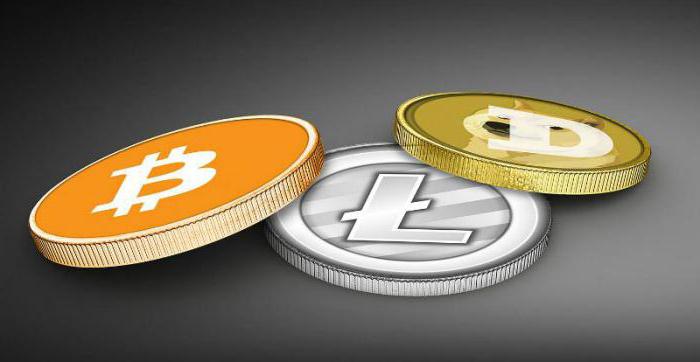
Graphical representation of the equilibrium of the company
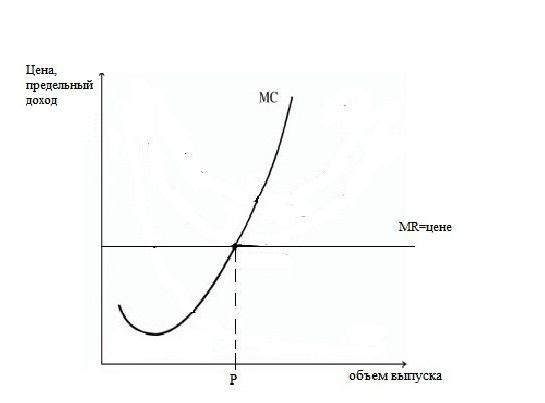
Long-term costs
